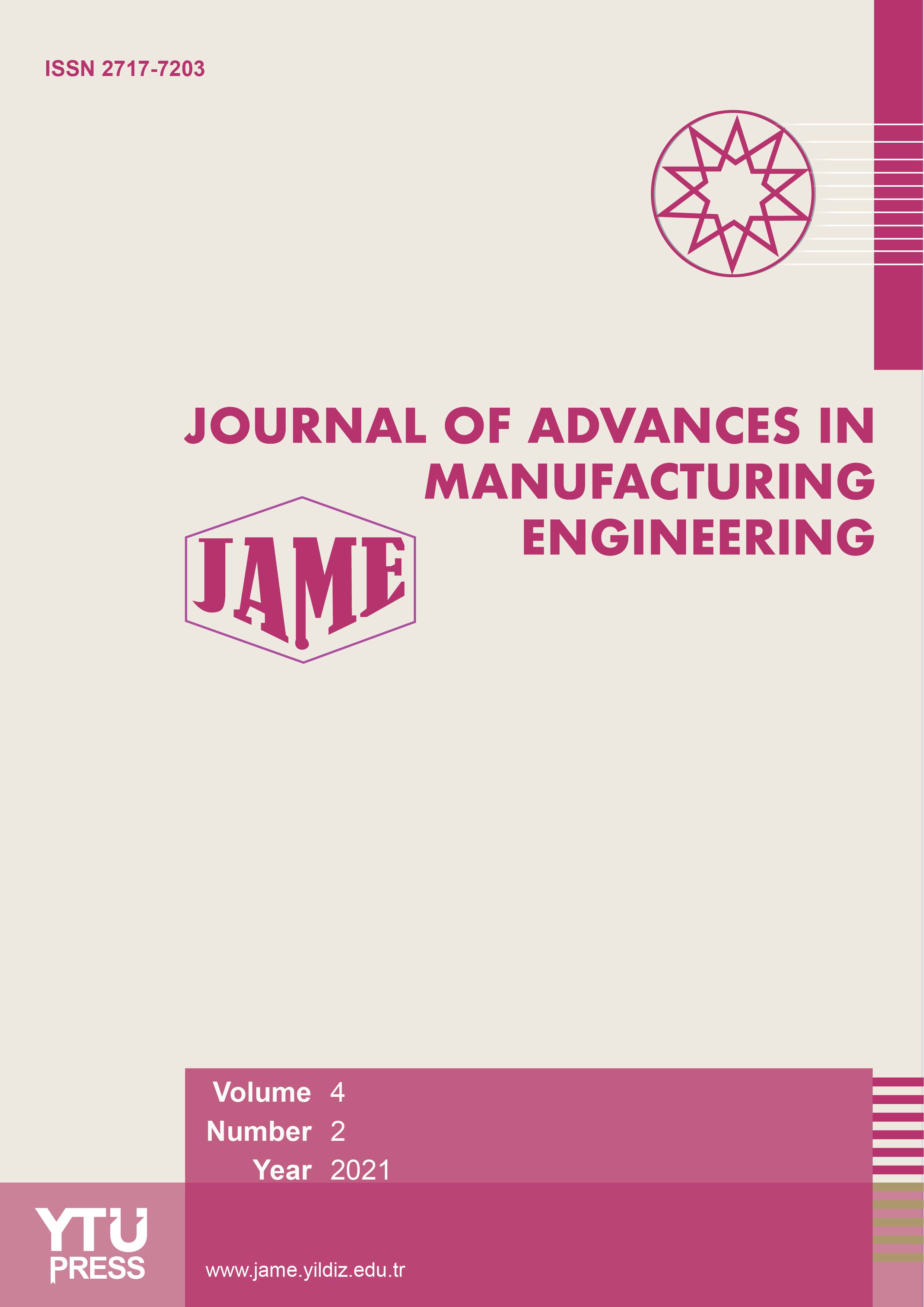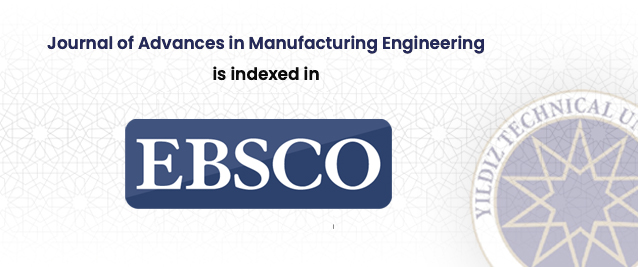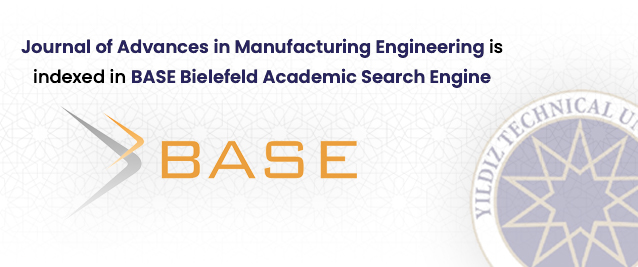2Department of Mechanical Engineering, Eskişehir Technical University Faculty of Engineering, Eskişehir, Türkiye
Abstract
Titanium alloys such as Ti-6Al-4V are widely used in aerospace, biomedical, and defense industries due to their excellent strength-to-weight ratio and corrosion resistance. However, their low thermal conductivity, high chemical reactivity at elevated temperatures, and hard-ness pose significant machining challenges, often leading to increased tool wear and poor surface quality. While traditional flood cooling techniques can address these issues, they in-troduce environmental and health hazards. As an eco-friendlier alternative, the Minimum Quantity Lubrication (MQL) technique has gained traction. Recently, nanofluids especially those enhanced with g nanoparticles have shown promise for improving thermal conductivity and lubrication in machining. This study investigates the effects of cutting speed, feed rate, and nanoparticle concentration on the machinability of Ti-6Al-4V under sustainable machining conditions using nanofluid-assisted MQL (NFMQL). Experiments were conducted on a CNC lathe with three lubrication conditions: pure MQL, 0.5% wt. GNP-enhanced fluid, and 1.0% wt. GNP-enhanced fluid. Surface roughness, flank wear, and chip morphology were evaluated at cutting speeds of 80, 100, and 120 m/min and feed rates of 0.12, 0.18, and 0.24 mm/rev. The results demonstrate that the addition of 0.5% GNP significantly improves surface quality and reduces tool wear. According to Taguchi S/N analysis, the optimal conditions for minimizing surface roughness were a cutting speed of 80 m/min, a feed rate of 0.18 mm/rev, and 0.5% GNP concentration. Microscopic examinations confirmed less tool wear with 0.5% GNP due to improved lubrication and smoother chip flow. Furthermore, chip morphology analyses re-vealed that increasing feed rate raised chip peak height, while higher cutting speeds reduced peak height and valley depth due to improved thermal stability.














